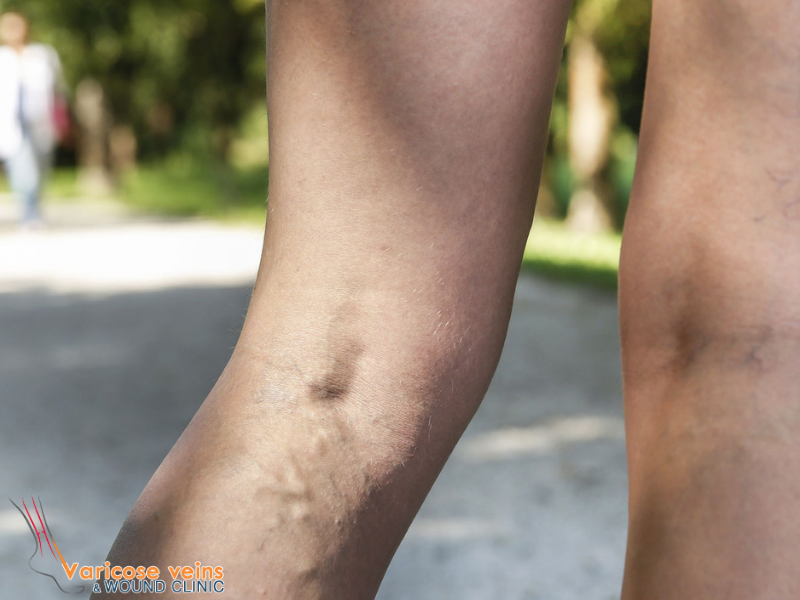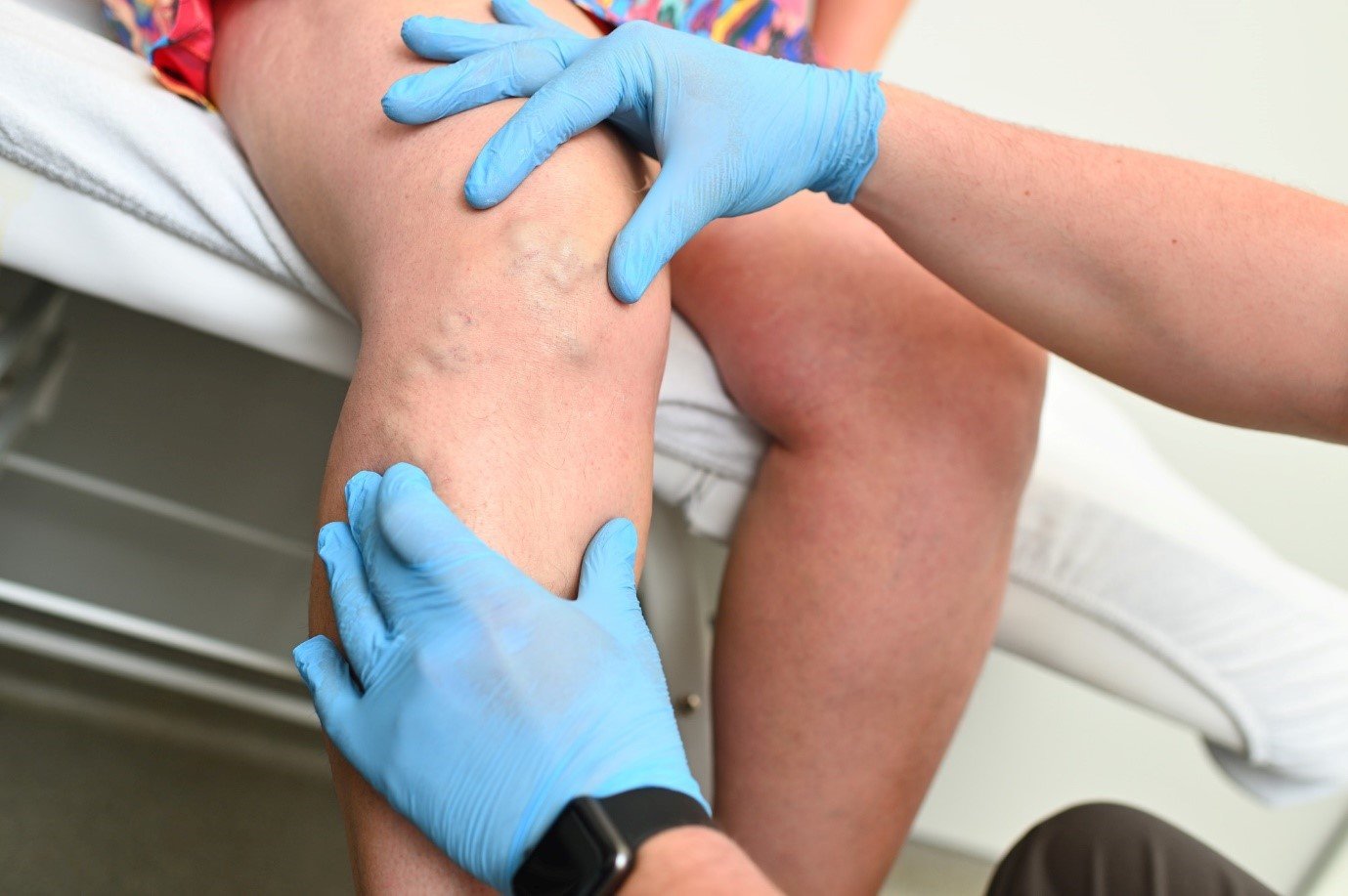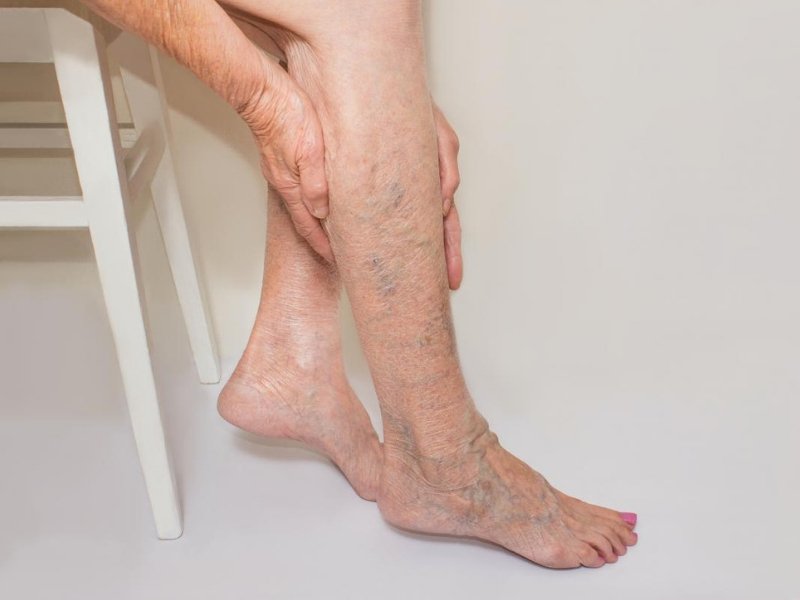Varicose veins are one of the few conditions that have both medical and psychological implications. Varicose veins, also known as spider veins, usually occur as a result of faulty valves or other problems within a vein that impede the normal flow of blood. This causes blood to pool in the vein making it enlarged, twisted and visible.
Though it can occur in any part of the body, it is most commonly found in the back of the lower part of the leg. This is understandable, considering the fact that; (1) the legs have to carry the weight of the whole body and (2) the veins of the leg have to transport blood all the way to the heart against the force of gravity.
Some people believe that varicose veins are hereditary; however, it has been shown that several factors increase the risk of this condition. Some of these factors include standing or sitting for a very long period of time (this is one of the strongest causes), hormonal imbalances; usually due to hormone-mimicking oral contraceptives, obesity, and pregnancy; which is the strongest factor for women.
In fact, it is estimated that 41% of women in their mid-50s will have to suffer varicose veins, especially during pregnancy. Fortunately, though, most cases of varicose veins due to pregnancy usually disappear after delivery.
Diagnosing varicose veins could be as simple as visual observation, however, for a more accurate diagnosis, advanced medical procedures are employed. A common diagnostic tool for the varicose veins is a medical procedure called phlebography. It involves injecting a radio-opaque substance into the bloodstream. The substance is monitored across the vein so that the abnormalities in blood flow can be noticed. X-ray or ultrasound can also be used to diagnose effectively the abnormality in venous blood flow causing varicose veins.
Depending on the severity of the condition, there are one major treatment options for varicose veins. In most cases, sclerotherapy treatment could be the only treatment needed. In the sclerotherapy treatment the veins of the leg improving blood flow through the veins. This treatment is usually very effective when coupled with weight loss, in case of obesity, increased activity and avoiding prolonged periods of standing or sitting.
However, when this option is not effective, another medical procedure called sclerotherapy is often employed. This procedure involves cutting off blood flow through the affected vein by injecting a substance known as a sclerosant. Often, the injection of this substance is done several times until a complete collapse of the faulty vein is achieved.
Afterward, the pressure is externally applied to the vein until its ability to transport blood is restored. The procedure has been found to be very effective, with an almost 90% improvement rate. However, the side effects include pain in the site of injection, bruises, skin sores and discoloration or appearance of brown lines along with the side of the vein. Although, most of these side effects disappear after a few weeks.
In very severe cases of varicose veins, surgery may be employed as a last resort. This procedure involves surgically removing the damaged part of the vein. However, this is a complex procedure and is therefore employed as a last resort in very severe cases.
However, when this option is not effective, another medical procedure called sclerotherapy is often employed. This procedure involves cutting off blood flow through the affected vein by injecting a substance known as a sclerosant. Often, the injection of this substance is done several times until a complete collapse of the faulty vein is achieved.




